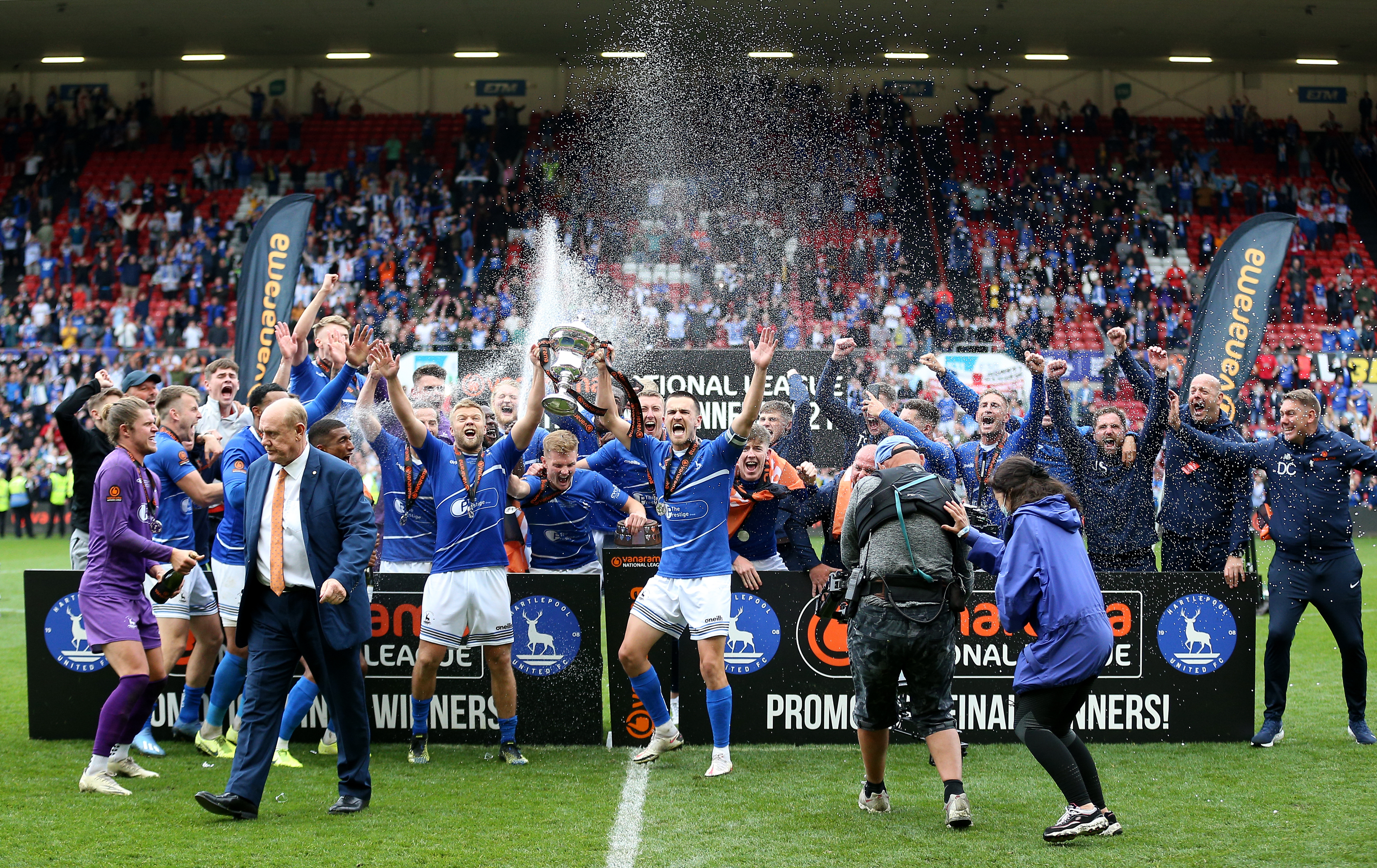How to build a professional footballer
What does it take to turn a technically gifted footballer into a high-powered athlete? FFT visited an elite-performance lab to find out how talent is taken to another level
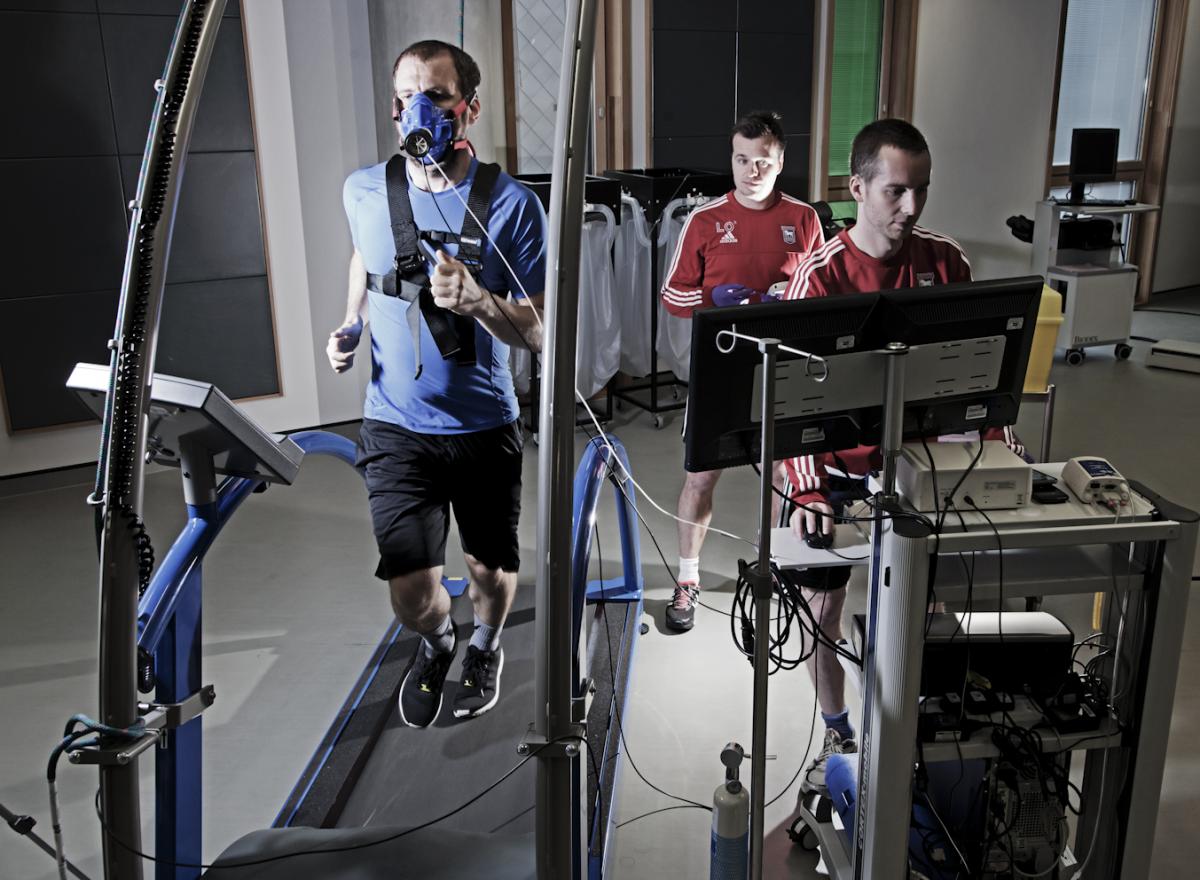
You won’t find any portly Razor Ruddocks trudging around the pitch in the modern game. Any player who makes the grade, from the no-nonsense centre-back to the hotshot striker, is a finely tuned machine. This shift isn’t the result of an evolutionary spike – it’s the dedicated work of highly skilled sports scientists. But how do they make footballers stronger, fitter, faster? FFT swung by University Campus Suffolk (UCS), which is working with Ipswich Town to prepare the next generation of fitness gurus, to find out.
1 MOVEMENT ANALYSIS
“To improve the efficiency of a player’s movement we need to analyse the way they move,” explains Lee O’Neill, head of sports science for Ipswich Town Academy. “We can do this with the Qualisys motion capture technology.” First, think of Leo Messi in lycra with a bunch of baubles stuck to him. OK, now picture an out-of-shape FFT running around a sports lab squeezed into a morphsuit. “This information will enable
us to build you a bespoke training programme to optimise your performance and reduce your risk of getting injured,” O’Neill explains. “You have got a lot of work to do.” Gulp.
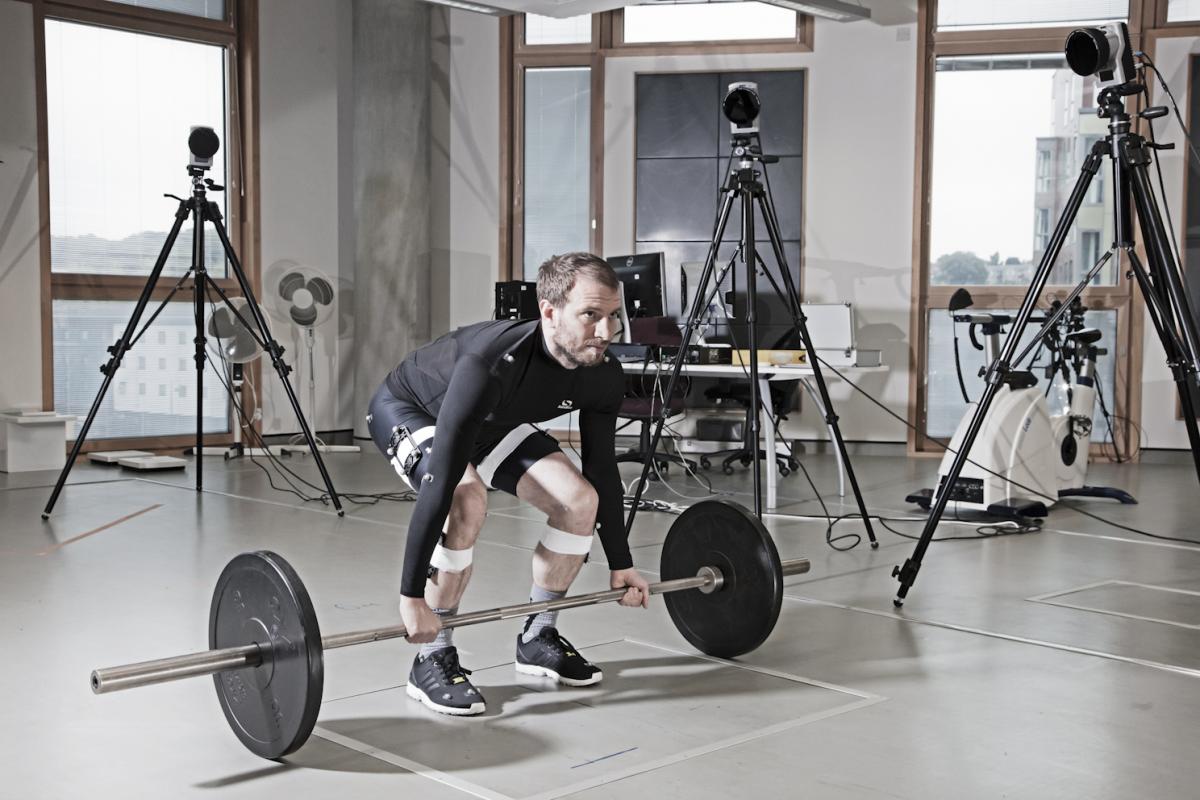
2 ASSESS THE MOTOR
You need a fuel-efficient engine to cover every blade of grass in 90 minutes. To find out whether your turbine is more three-wheeled-van than Vorsprung durch Technik, sports scientists strap you onto a treadmill with a voice-muffling mask and get you running like a hamster on a wheel. “This machine measures your ability to pump oxygen around your body and use it,” explains Dr Gavin Devereux, who leads the sport and exercise science degrees at UCS. “The more efficiently your body performs this process, the longer and harder you can run.” And what does the mask do? “It analyses how long your body can use oxygen for energy before having to use less efficient energy sources. You used the latter pretty quickly.” If FFT were a pro footballer, our schedule would now be packed with plenty of High Intensity Interval Training (HIIT) workouts.
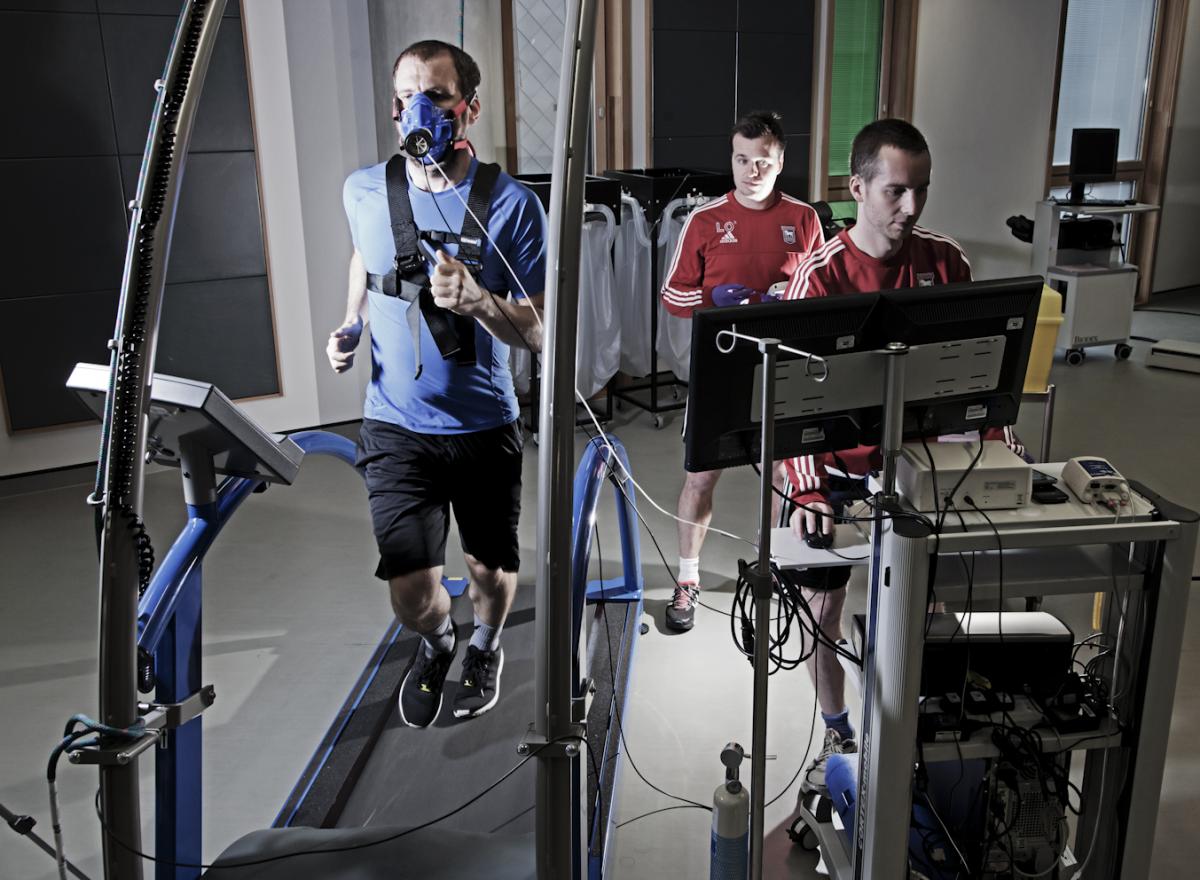
3 BRAIN TRAINING
The world’s best players brush off pressure and focus on performance. Sadly, FFT doesn’t, judging by our score on the Vienna determination test. Bombarding our sensory system with rapidly changing visual and acoustic stimuli, we have to react quickly and accurately by clicking a button or pushing a pedal. It’s so stressful, in fact, that a fired-up Joey Barton would have registered a better score than FFT. “With the right training we could use this system to help you manage stressful situations on the pitch a lot better,” says Dr Emmanouil Georgiadis, lecturer in sport and exercise psychology.
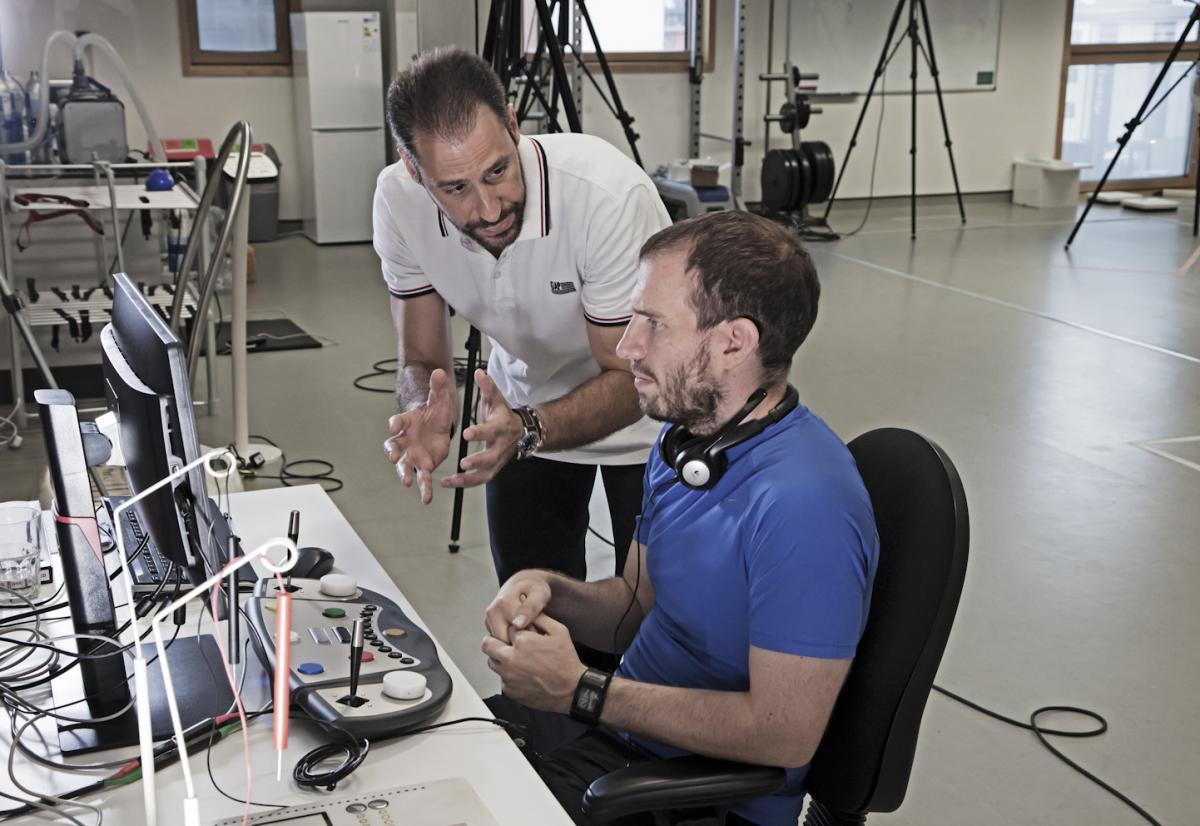
4 STEP BACK IN TIME
Imagine being able to rewind a poor performance and see exactly where you went wrong. Well, that possibility is now a reality – a virtual reality thanks to the Oculus Rift headset. “The technology is still under development, and is a key area of our research,” says Dr Devereux. “With the use of GPS we’ll be able to track the movements of every player and ball during any game,” adds O’Neill. “With this data we’ll be able to replay the match, giving coaches and players an opportunity to rerun a game, pause where a mistake was made, and then step out onto the pitch in a virtual reality environment and analyse where it went wrong.” Luckily, this wasn’t around for Steven Gerrard’s slip against Chelsea.
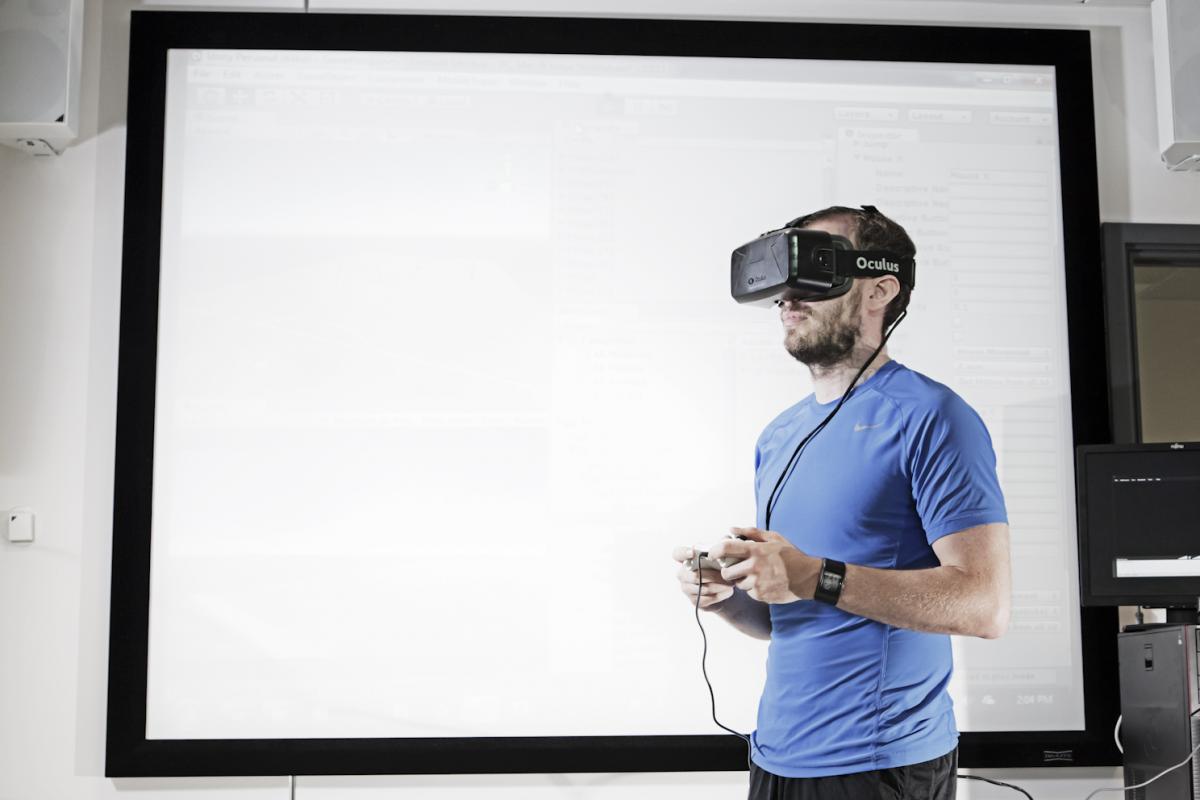
5 FEEL THE FORCE
A little disorientated from our VR experience, FFT is happy to take a seat on the Biodex robotic dynamometer. It looks like something out of Saw, but the only horror here is our dismal score. We fully extend and contract our legs against resistance, measuring the strength of our quads and hamstrings. “Ideally you want a balance of power between your two legs,” says Jimmy Reynolds, head of sports medicine
for Ipswich Town Academy. “If there’s an imbalance, your risk of injury is increased. Based on these results, you need to strengthen that weak right leg.” Ouch. That’s our magic wand…
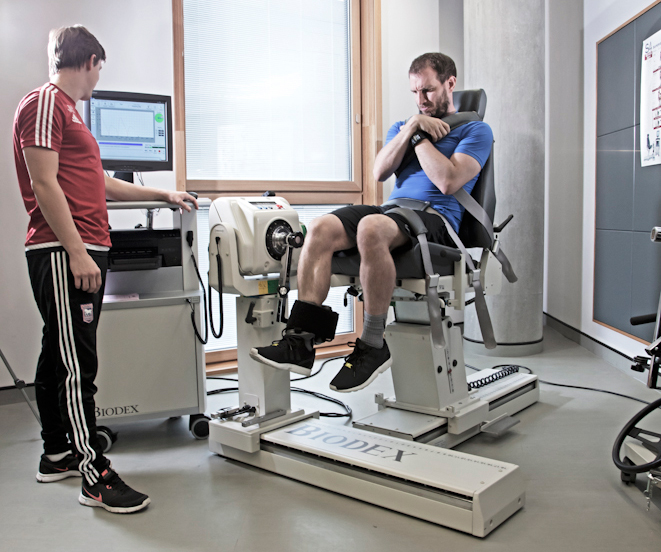
6 STEP INTO THE WE LAB
White coat and latex gloves on, FFT enters a world in which scientists can examine a footballer’s genetics. “We can look at a player’s muscle fibres to see whether they’re a type-1 athlete, built for endurance, or a type-2 athlete, made for explosive speed,” says Devereux. “This enables us to prescribe the right training for their muscular make-up.” Turns out FFT is a type-3 athlete: a no-hoper.
Get FourFourTwo Newsletter
The best features, fun and footballing quizzes, straight to your inbox every week.
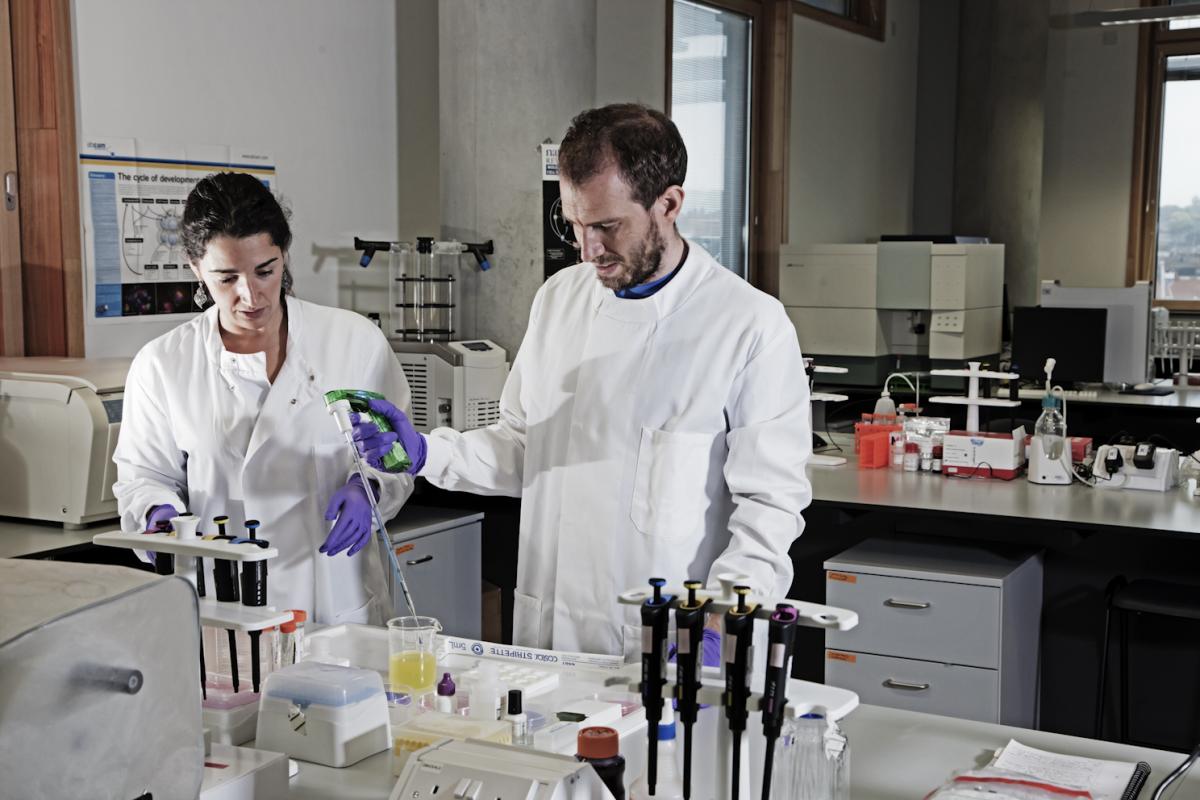
7 INHALE PRESSURE, EXHALE CONFIDENCE
Don’t dismiss breathing techniques as the wishy-washy methods of a tie-dye hippy. It’s scientific and challenging, as FFT finds out when we’re hooked up to a machine that measures heart-rate and inhalation. “We can show you how to control your autonomous nervous system through breathing,” says Dr Georgiadis. “This helps aid recovery with better-quality sleep and relieves stress in high-pressure situations.”
The coaches have given us the tools to succeed, now it’s up to us. But first things first – it’s time for a lie down.
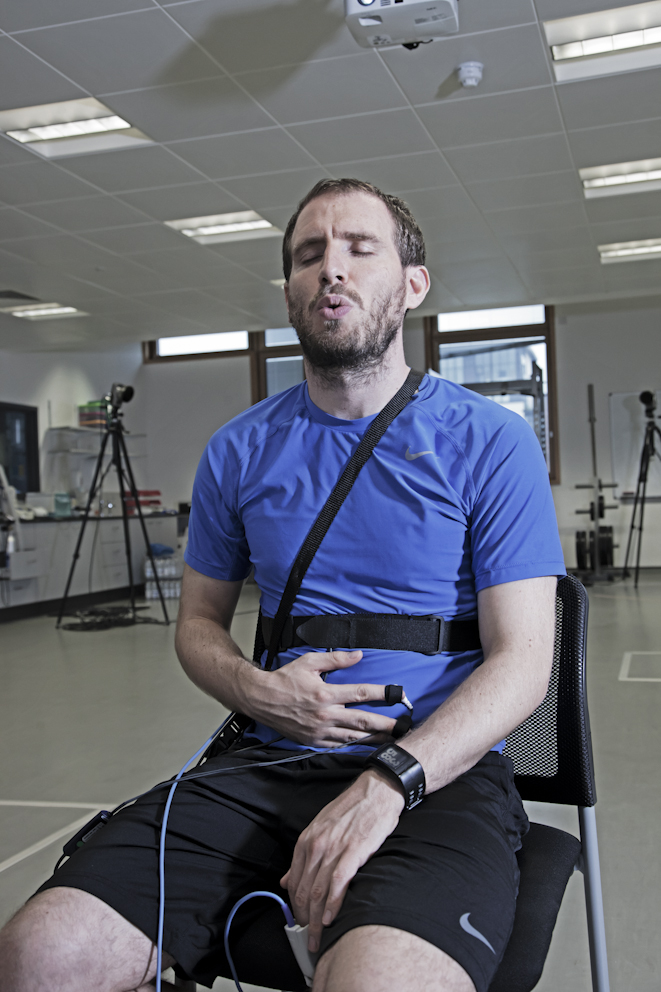
University Campus Suffolk has developed, in partnership with Ipswich Town Football Club Academy, a suite of new degree programmes specialising in football sport science and coaching. For more information visit www.ucs.ac.uk/football
Recommended for you:
Prepare to play like a pro
The pro’s
guide to rehab
FourFourTwo trains with Andres Iniesta
FourFourTwo trains with Michael Carrick
FourFourTwo trains with the Nike Academy
